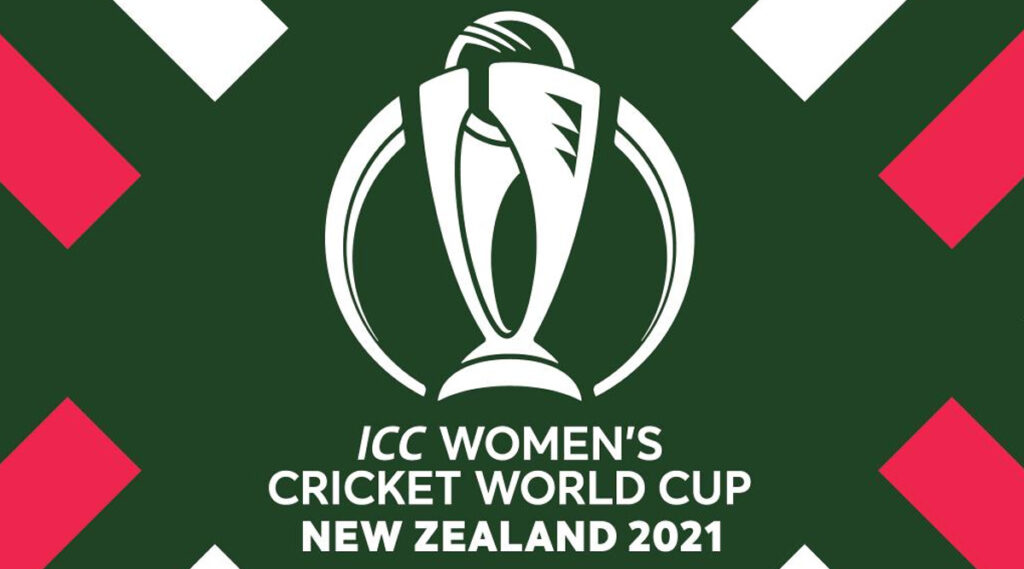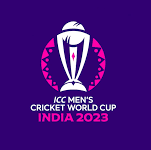
The Women’s Cricket World Cup stands as a testament to the growing popularity and competitiveness of women’s cricket on the global stage. This prestigious tournament has evolved significantly since its inception, showcasing the remarkable talents of female cricketers from around the world.
History Of The Women’s Cricket World Cup
The Women’s Cricket World Cup predates the Men’s Cricket World Cup counterpart, with the first tournament held in 1973. This groundbreaking event marked the beginning of a new era in women’s sports, setting the stage for future competitions.
Over the years, the tournament has expanded, both in terms of the number of participating teams and global reach. This growth mirrors the increasing interest in women’s cricket and the development of the sport in various countries.
Women’s Cricket World Cup Format and Rules
The tournament structure for the Women’s Cricket World Cup typically includes several stages, starting with a group stage where teams are divided into groups, usually two, and each team plays every other team in its group. The number of teams in each group can vary depending on the total number of teams participating in the competition.
During the group stage, teams earn points for each match: a win earns two points, a tie or a no-result match earns one point, and a loss earns no points. Following the group stage, depending on the total number of teams, the top teams advance to a “Super Six” or “Super Eight” stage. In this stage, teams play against teams from the other group, but they do not play again against teams they’ve already faced in the group stage.
After the Super Six or Super Eight stage, the top four teams qualify for the semi-finals, where the first-placed team usually plays the fourth-placed team, and the second-placed team plays against the third-placed team. The winners of these semi-finals then compete in the final to determine the champion of the Women’s Cricket World Cup.
In some instances, there are also matches to determine the final standings for the teams that did not make it to the semi-finals. This format can vary slightly from tournament to tournament based on decisions by the International Cricket Council (ICC) and once again, the number of participating teams.
Iconic Performances In The Women’s Cricket World Cup
The history of the Women’s Cricket World Cup is replete with iconic performances that have left an indelible mark on the sport. These moments are not just about individual brilliance, but also about how they have influenced the game and inspired future generations.
One of the most memorable performances was by Belinda Clark for the Australia women’s cricket team, who showcased her exceptional batting skills in a World Cup match. Her innings was not just about the runs she scored, but the manner in which she dominated the bowling attack, combining grace and power in her strokes.
Another standout performance was by Anya Shrubsole of the England women’s cricket team in a recent World Cup final. Her spell of fast bowling turned the game on its head. It was not just the wickets she took, but the crucial moments at which she took them, swinging the match in her team’s favour.
In a different World Cup, Debbie Hockley’s batting prowess came to the fore for the New Zealand women’s cricket team. She played innings that were a blend of technical perfection and sheer determination. Her ability to anchor the innings while scoring runs briskly was a masterclass in batting under pressure.
Mithali Raj has had several iconic moments in World Cup history. Known for her elegant batting style and strategic acumen, she has played innings that have been both big hitting and tactically significant, often guiding the Indian side through challenging situations.
Stafanie Taylor’s all-round performances in Women’s Cricket World Cup matches for the West Indies women’s cricket team are also noteworthy. Her ability to contribute significantly with both bat and ball has made her one of the most feared players in the women’s game. Her performances have been characterised by their impact in crucial stages of the matches.
Historic Matches In The Women’s Cricket World Cup
The Women’s Cricket World Cup has been the stage for several historic matches that have greatly influenced the sport. One of the most memorable is the 1982 final between Australia and England, a match that epitomises the intense rivalry and high stakes of women’s cricket at the time. Australia’s victory in this nail-biting contest further cemented their dominance in the sport.
Another significant match was the 2017 final between the England and India women’s cricket team sides. This game was a landmark for Indian women’s cricket, marking only their second appearance in a Women’s Cricket World Cup final. The narrow victory for England in this closely fought match brought unprecedented attention and admiration for women’s cricket in India, highlighting the growing stature and competitiveness of the sport.
The 2013 Women’s Cricket World Cup final between Australia and West Indies is also notable for Australia’s display of skill and consistency. Despite a spirited challenge from the West Indies, Australia’s strategic prowess led them to victory, showcasing the high level of competition in the tournament.
Similar Competitions To The Women’s Cricket World Cup
The Women’s Cricket World Cup has transcended geographical boundaries, garnering fans and players from all corners of the globe. This universal appeal is a testament to the tournament’s significance in the world of sports.
As the Women’s Cricket World Cup continues to evolve, it faces challenges and opportunities alike. The future holds great potential for further growth and development, solidifying the tournament’s place in the annals of cricket history. The same can be said for both the Women’s T20 World Cup and The Women’s Ashes, two other competitions which highlight the progress of women in the sport of cricket.







